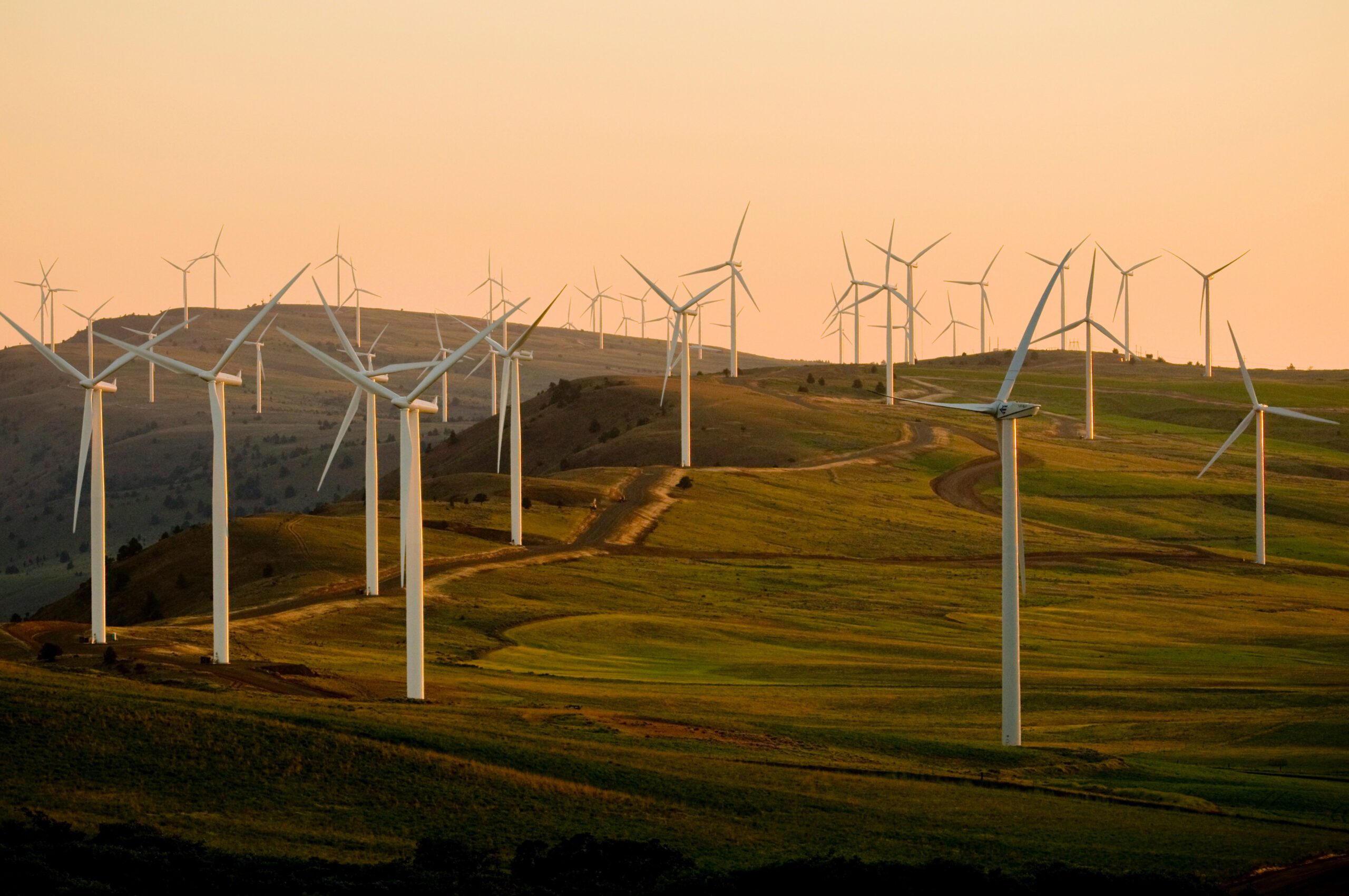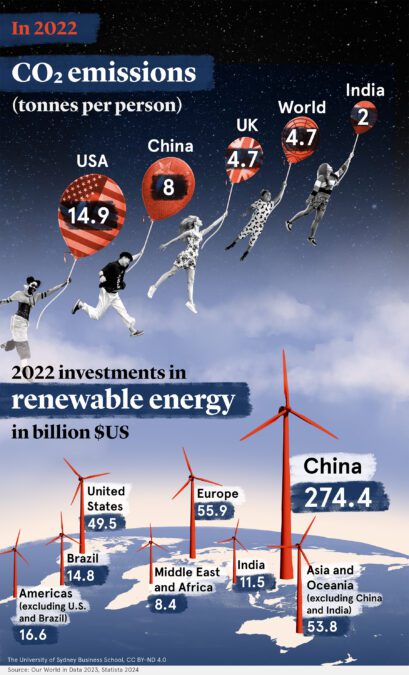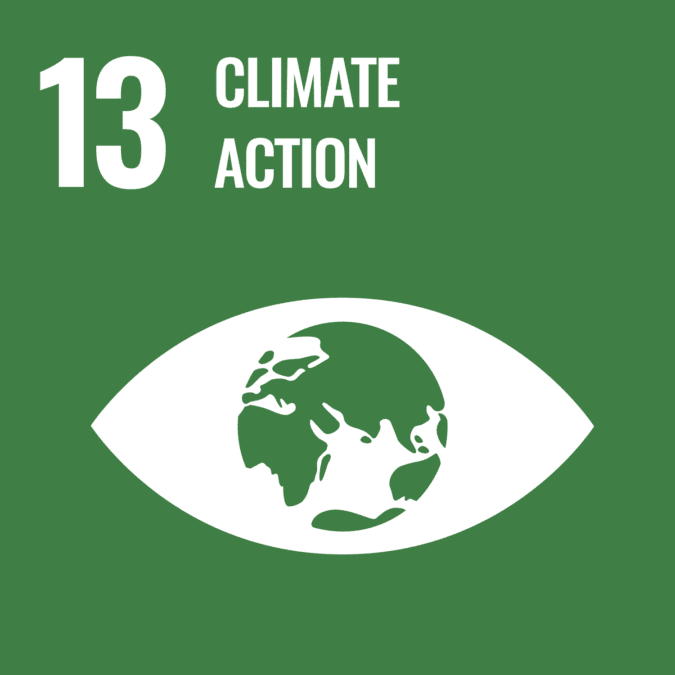
SDGs by 2030 – are we on track?
Securing energy and reducing carbon – making the hard decisions
How much electricity will we need in the future?
Where will it be generated?
How much are we willing to pay to reduce greenhouse gas emissions?
We don’t know the answer to any of these questions and yet governments must make decisions, set policies and plan for the absolute certainly that is climate change.
I research how to make decisions in the face of significant uncertainty with a particular interest in the energy market. This aligns with the hard choices that need to be made to achieve SDG target 13.2: integrate climate change measures into national policies, strategies and planning (with an emphasis on subtarget 13.2.2, reducing total greenhouse gas emissions every year).
There is a policy tension right at the heart of this target: how can nations reduce greenhouse gas emissions while at the same time ensuring energy security?
The uncertainty inherent in this dilemma is the space in which I build my models.
We use scenarios to envisage what the world could look like in 10 or 20 years. Scenarios are a way of delivering uncertain information. In the energy space there are many things we are not sure about. What sort of electric vehicles will be available? What will be the market take-up for these vehicles? Will the temperatures be higher and if so what will this do to demand for air conditioning? What will happen to the cost of renewable energy and battery storage?

Building these scenarios is hard and it is not possible to capture all eventualities. In a planning context the uncertainty may relate to decisions yet to be taken by governments (subsidies for hydrogen vs solar) and will have a political flavour. We also need to allow for technology developments (what future does carbon capture and storage hold?) and changing societal attitudes.
The aim is that by interrogating these scenarios, we can better cover the range of possibilities. The intention is to tell not just one story, but a number of stories.
Using mathematical models I am able to frame various policy choices in terms of the risks that they incur. The challenge is to do this when there is deep uncertainty so that we cannot put probabilities on different outcomes.
The need to plan ahead is critical in the energy story because of the time it takes to develop energy sources as well as their supply chains.
Once you have determined how much energy is needed at a national level the next question is who is going to provide it? This is normally dealt with by running some kind of auction. Another strand of my research investigates the impact of different ways of running these auctions.
For most countries, a critical question is where will the cost of the energy transition fall? Do people end up paying more taxes to have the government generate large amounts of energy infrastructure? Or do householders have to find the money to pay for energy improvements like insulation, solar panels, and the replacement of gas boilers?
Ultimately we need to find the best way to build capacity in the systems to meet energy security considerations while dramatically reducing carbon emissions. Renewables, solar and wind in particular will be the main means of meeting large scale energy needs. But these forms of generation can only work alongside large amounts of energy storage. Long term energy storage is expensive and we do not yet know whether technological advances will bring significant cost reductions. Uncertainty is uncomfortable but there are techniques to manage decision making under such circumstances.

Sustainable Development Goal (SDG) target addressed:
Target 13.2 Integrate climate change measures into national policies, strategies and planning
Resources
Article
- E.J. Anderson and S. Zachary. Minimax decision rules for planning under uncertainty: Drawbacks and remedies. European Journal of Operational Research, Vol 311 (2023) pp. 789–800.
Website
Professor Eddie Anderson research interests include Risk, Operations and Energy Markets.
Share
We believe in open and honest access to knowledge. We use a Creative Commons Attribution NoDerivatives licence for our articles and podcasts, so you can republish them for free, online or in print.



